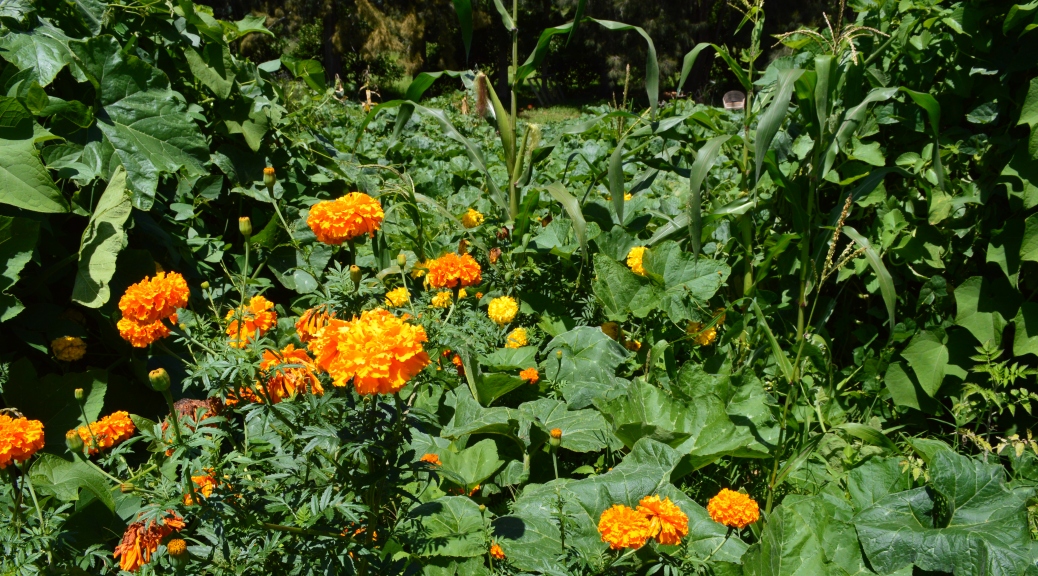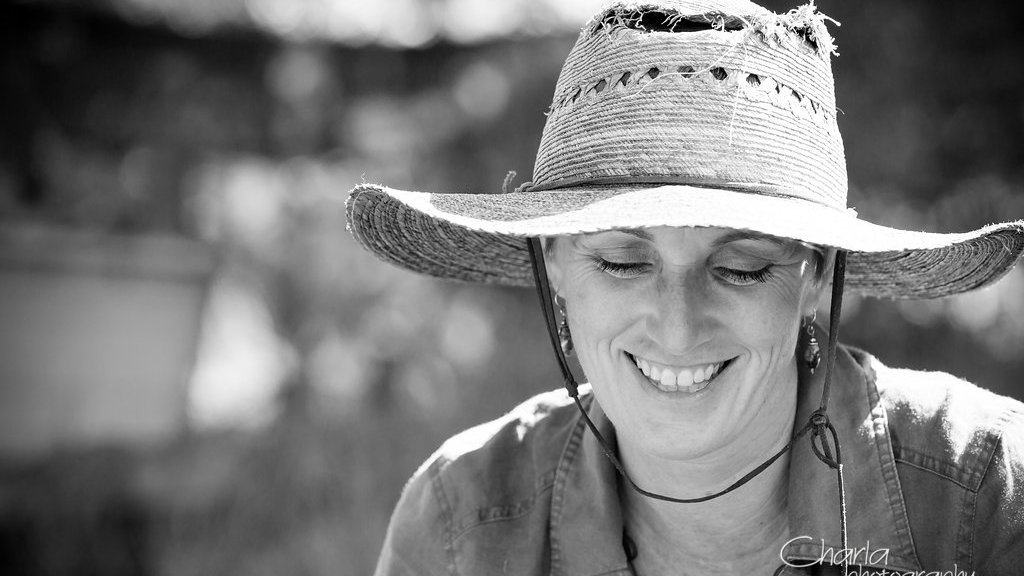Farming pumpkins is a test of your patience, and part of that means leaving them on the vine longer than you may want to. They reward you with a bounty of tasty fruits that will store through the Winter without refrigeration. If you have properly fed and watered them, done your best to select the right varieties, and counteracted pests, they will thrive will a lot less care than more vulnerable edible plants. With squash, you do much of the work upfront, and then let them go.
One of the problems that growers face is this “hang time” where the vines, blooms, and fruits are vulnerable to anything from feral pigs, rodents, falling branches, floods, windstorms, theft, and insect damage. Throw in that some varieties can also get a sunburn that creates a scorched patch on the squash that will scar the fruits in such a way that it will not store and must be eaten immediately. A lot can go wrong in a season, but a lot can also go right.
One of the ways that you can increase your success is by recognizing when to pick the squash fruits, and then explore how to cure them. In many climates, squash cure on the vine. What I mean by that is that the squash skin toughens, and the stem dries on the vine. The whole squash plant will die back, exposing pumpkins that were hidden below the once lush leaves. In Hawaii, and other tropical and sub-tropical areas, squash vines do not die back for a very long time unless you have stopped watering it or killed the roots of the plant. Leaving the question, “can I harvest them now?” on your mind.
When you grow annual squash plants that have become perennial due to climate, one of the biggest challenges is knowing when to pick. So many people pick way too soon, selecting shiny skinned fruits and then become unsatisfied with the flavor, or lack of flavor. There are traditional recipes in places like Italy and the Philippines, that call for immature fruits. If you are reading this, and have harvested your squash too young, consider those recipes as an option. If you are looking for mature, robust tasting squash, with a dense color and flavor, it is all about patience.
In Hawaii, squash takes a lot longer on the vine than in other zones. The cooling trade winds maintain temperatures that rarely rise above 80 degrees in upcountry and upper 80’s in lower altitudes. For squash, this is very mild. In California, for example, we worked harvesting heirloom pumpkins in the lower 100’s; somewhere around 110 degrees. Pumpkins are durable, but as harvesters, we felt vulnerable.
When I first started harvesting the squash that I had grown in Hawaii, I did not know when to pick it. Through my research, I found an interesting bit of information from Naples, Italy. It described a technique where fruits were “cured” in the sun for 10-14 days, then moved to the shade for storage. I followed this recommendation religiously. It shocked people to learn that I had waited a full month before presenting these squash to chefs. My further experiments in aging squash brought them to optional flavor. A month or sometimes two months of aging created depth of flavor, and intensified flesh color that plated beautifully. I learned this by eating squash every day, cutting open both perfect, and damaged squash to study what is going on inside, and topping that off with reading online.
So back about the curing. Hawaiian landrace/heirloom varieties of kabocha squash are not necessarily orange or yellow. Many are greenish black, and they will remain that way from beginning to harvest. Try to look past the color, and more to the duration of time, and the skin appearance. A young fruit will shine with a glossy glow. Think of the Summer zucchini in the markets. If you take your thumbnail, and gently press, you can easily make an indent in the skin. You want to utilize this strategy when you first begin harvesting squash in Hawaii or other tropical zones. Some simple rules are that shiny, skin that you can indent with your nail means it is too soon to harvest.
What you will be looking for is a duller surface. Think paint finishes here: Glossy, semigloss, and matte. Make sure not to harvest at the glossy stage and focus on the other two stages. When you do harvest, do not break off the stems. Leave a couple inches of stem to dry on the pumpkin. This is like a “piko” or belly button for the pumpkin. Many of the squash that do not store properly were inadvertently damaged by the grower by removing the stem, which makes them vulnerable to an interior rot in tropical places. This is quite true in tropical and subtropical places, and more flexible in places where squash cure in the field. In general, I recommend leaving a couple inches of stem, let it dry, then once dry, you can clip it further before selling the produce.
After harvesting the squash, try moving them to a sunny, but protected table or part of the field where they can sit in the sun for 10-14 days. This toughens the skin and dries the stem. Then move them to a shady spot, or a storage shed with good air circulation. I found storing them in bushel baskets was not ideal for long term storage, but good for a couple of weeks if kept dry with good air circulation. Old tables under ironwood trees were my “go to.” In wet weather, you want to make sure to check on them, roll them around and check for any soft spots, or “wounds.” Eat any damaged ones as quickly as possible, as they will not be able to be stored for as long. It goes without saying that there are a multitude of types of damage that the skins can suffer. Time and experience will teach you which ones will store, and what types of damage causes internal rot in squash.
Knowing what you grow is key with squash. Some are closer to either the melon or gourd side of the family tree. They look different, taste different, and have different possibilities for use in the kitchen. I remember the squash Sibley (Pike’s Peak) C. Maxima was a real surprise. Presenting with a golden yellow flesh, and melon like perfume that intensified if left for a month after harvest. Know it, live it, and breathe it, and make note of your findings. These unusual heirloom varieties can be marketed with great success if you understand through firsthand usage, just what makes it special, and how to bring it to its optimal flavor, and color.


























